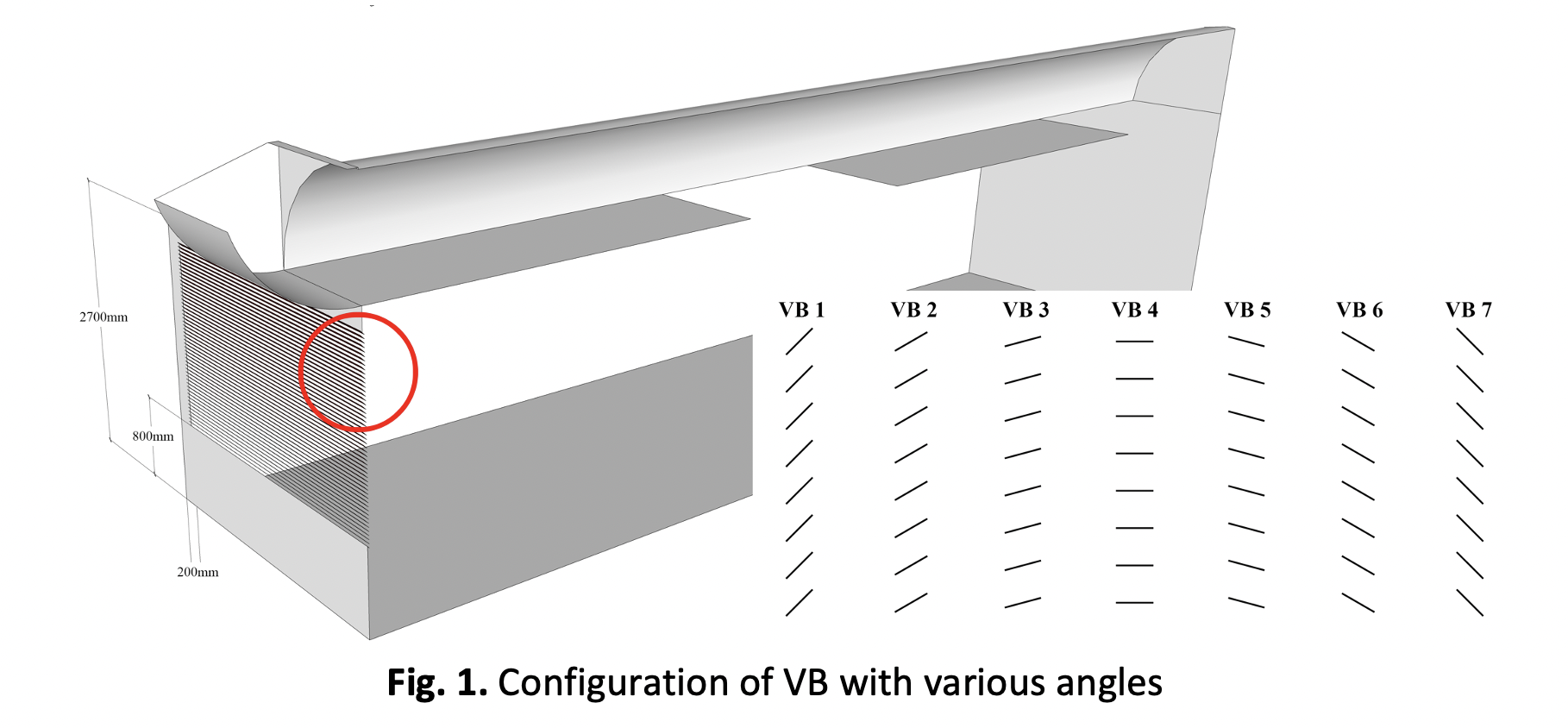Daylighting Performance of Integrated Venetian Blinds with Horizontal Light Pipe System for Deep Plan High-Rise Office in Tropical Climate
DOI:
https://doi.org/10.37934/araset.28.3.144153Keywords:
Light Pipe, Venetian Blinds, Simulation, Daylight Uniformity, Light DistributionAbstract
A substantial amount of daylight is received by tropical countries like Malaysia. There are advantages and disadvantages to using this renewable resource in a high-rise office building. Such buildings' deep plan spaces make it difficult to create a uniform daylight distribution across the space. A solution for this issue is the usage of an integrated Venetian blind (VB) with a horizontal light pipe (LP). Using an overcast and intermediate sky in South orientation, seven (7) distinct types of VB angle configurations were simulated using the Integrated Environment Solution Virtual Environment (IESVE) to evaluate how well they performed in daylight with an integrated LP. The findings demonstrated that the daylight uniformity throughout the room was improved by the integration of the VB and LP systems. When compared to a room with only a LP installed, VB with 0o and -15o angles had the best performance. The combination of LP and VB allowed for the shading of the front portion of the space and at the same time, illuminating the rear portion of the space. The results of this study encourage building designers to utilise the integrated VB and LP in the deep open-plan high-rise office building and reduce the use of non-renewable energy resources.
Downloads





























